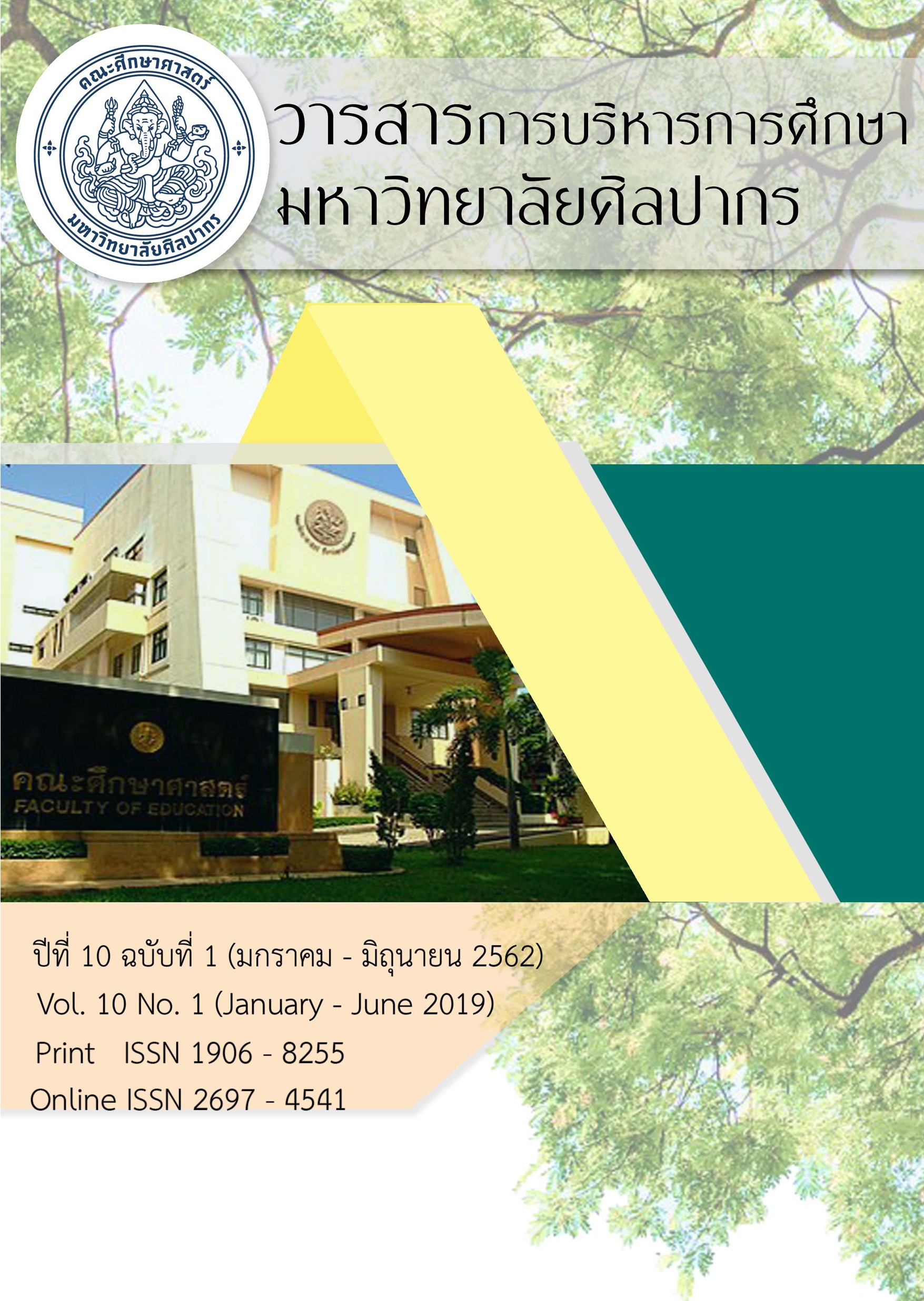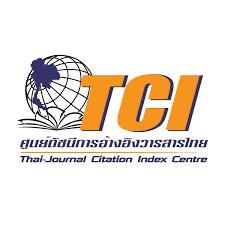ความสัมพันธ์ระหว่างทัศนคติของผู้โดยสารกับการเลือกเปิดรับการสาธิต การใช้อุปกรณ์นิรภัยบนเครื่องบิน กรณีศึกษาสายการบินไทยสมายล์
คำสำคัญ:
ทัศนคติ, การสาธิตการใช้อุปกรณ์นิรภัยบนเครื่องบิน, การเลือกเปิดรับสารบทคัดย่อ
งานวิจัยนี้ มุ่งศึกษาความสัมพันธ์ระหว่างทัศนคติของผู้โดยสารกับการเลือกเปิดรับการสาธิตการใช้อุปกรณ์นิรภัยบนเครื่องบินของสายการบินไทยสมายล์ โดยมีวัตถุประสงค์เพื่อศึกษาความสัมพันธ์ระหว่างปัจจัยที่เกี่ยวข้องในการเลือกเปิดรับการสาธิตการใช้อุปกรณ์นิรภัยของพนักงานต้อนรับและกระบวนการเลือกเปิดรับการสาธิตฯ ของผู้โดยสารของสายการบินไทยสมายล์ โดยวิเคราะห์ภายใต้กรอบแนวคิดกระบวนการเลือกเปิดรับสาร หรือ Selective Process (Klapper, 1960) โดยใช้ระเบียบวิจัยเชิงปริมาณโดยใช้แบบสอบถามเป็นเครื่องมือในการเก็บรวบรวมข้อมูล ซึ่งผลการวิจัยพบว่า ความตระหนักด้านความปลอดภัยในการบิน, ทัศนคติต่อผู้ส่งสาร (ทักษะการสื่อสาร) และ ทัศนคติต่อสาร (เนื้อหาการสาธิต) มีความสัมพันธ์กับการเลือกเปิดรับสารจากสาธิตการใช้อุปกรณ์นิรภัยบนเครื่องบินของผู้โดยสารในทุกด้าน ทั้งด้านการเลือกรับการสาธิต การให้ความสนใจการสาธิต การเลือกตีความการสาธิต และการเลือกจดจำการสาธิต นอกจากนี้ผู้โดยสารที่มีลักษณะทางประชากรอันได้แก่ เพศ และเชื้อชาติ แตกต่างกัน มีการเลือกเปิดรับสารจากการสาธิตการใช้อุปกรณ์นิรภัยบนเครื่องบินแตกต่างกัน และ ผู้โดยสารที่มีประสบการณ์ในการโดยสารเครื่องบิน อันได้แก่ ความถี่ในการบิน และประสบการณ์อุบัติเหตุทางการบินแตกต่างกัน มีการเลือกเปิดรับสารจากการสาธิตการใช้อุปกรณ์นิรภัยบนเครื่องบินแตกต่างกัน ซึ่งผลการวิจัยที่ได้สามารถไปประยุกต์ใช้ในการพัฒนาหลักสูตรการฝึกอบรมเพื่อพัฒนาทักษะด้านการสื่อสารให้แก่พนักงานสายการบินในประเทศไทย อีกทั้งหน่วยงานที่ให้บริการทางการบินสามารถนำผลการวิจัยไปใช้ประโยชน์ในการพัฒนารูปแบบและวิธีการสื่อสารเพื่อการสาธิตการใช้อุปกรณ์นิรภัยบนเครื่องบินที่เหมาะสม และมีประสิทธิภาพมากยิ่งขึ้นต่อไป




